Facts About Mumbai Riots, When you think about Mumbai — the bustling, chaotic, glamorous heart of India — you usually imagine Bollywood stars, packed local trains, vada pav stalls, and the city that never sleeps. But back in 1992 and 1993, Mumbai — then called Bombay — lived through something so horrifying, so violent, that it scarred the city’s soul forever.
The Mumbai Riots weren’t just random acts of violence. They were communal riots that exploded with such fury that they turned neighbor against neighbor, reshaped the city’s map, and changed Mumbai’s identity in ways people are still grappling with today.
Let’s take a deep dive into what happened, why it happened, and how it left a permanent mark on the “City of Dreams.”
The Tension Before the Storm in Mumbai Riots
To really understand the Mumbai Riots, you have to go a bit back in time — to Ayodhya, to Babri Masjid, and to a rising wave of communal tension sweeping across India.
On December 6, 1992, something earth-shattering happened: a mob of Hindu kar sevaks demolished the Babri Masjid in Ayodhya, claiming it was built on the birthplace of Lord Ram. The images of the mosque crumbling on live TV sent shockwaves across the country.
In Bombay, like many parts of India, there was immediate anger, grief, and outrage, especially among the Muslim community. Protests began, and in a city already simmering with religious tension, it didn’t take long for the situation to explode.
December 1992: Phase One of the Riots
The first phase of the riots kicked off around December 6, right after the Babri demolition.
Muslims were furious, organizing protests and strikes. But things quickly spiraled out of control. Angry mobs clashed with the police. Shops were looted. Vehicles were burned. Stabbings and arson incidents started popping up all over the city.
Areas like Dongri, Bhendi Bazaar, Nagpada, and Mohammed Ali Road — traditionally Muslim strongholds — saw intense violence.
The police were accused of behaving in a very biased way — cracking down hard on Muslim protesters while going soft on Hindu mobs. There were horrifying stories of police firing into Muslim crowds, allegedly without sufficient warning.
And then, to make it even worse, rumors flew like wildfire. Wild stories about attacks in one area would spark fresh attacks in another, even if the original story wasn’t true. In a pre-WhatsApp, pre-social-media world, word-of-mouth rumors were deadly.
January 1993: Phase Two — And It Got Worse
If people thought the worst was over by New Year’s, they were wrong. Dead wrong.
January saw the second, deadlier phase of the riots — this time much more organized, much more sinister.
This round of violence wasn’t just random mobs anymore. It had a frightening degree of coordination. Many blamed right-wing Hindu organizations like the Shiv Sena for leading the charge.
According to countless reports and eyewitness accounts, Shiv Sena leaders openly gave speeches inciting violence. There were even lists circulated marking Muslim-owned shops and houses. Mobs systematically targeted Muslim areas, burning homes, businesses, and places of worship.
The violence was brutal: people were pulled off trains and killed. Women were attacked. Entire families disappeared overnight. Fires raged across neighborhoods. The city, usually so alive and buzzing, turned into a landscape of fear and smoke.
And again, the police were widely criticized — this time for either looking the other way or, shockingly, even aiding the attackers in some cases.
It was no longer just about anger over Babri Masjid. It had turned into pure, cold-blooded hatred.
The Role of Shiv Sena and Bal Thackeray
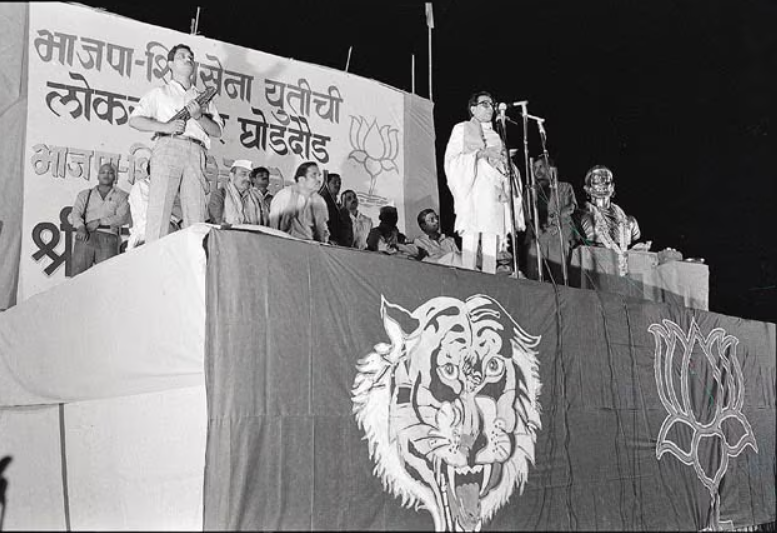
You can’t talk about the Mumbai Riots without mentioning Bal Thackeray, the firebrand leader of the Shiv Sena.
Thackeray, a master orator, used his influence to stoke communal passions. His newspaper, Saamna, published highly provocative editorials during the riots, sometimes openly glorifying attacks on Muslims.
A lot of people believe that without Shiv Sena’s aggressive push, the second phase of the riots wouldn’t have been nearly as violent or organized.
In fact, the Srikrishna Commission — which was set up later to investigate the riots — squarely blamed Shiv Sena and Thackeray for much of the violence. But, frustratingly, no real action was ever taken against them.
Thackeray remained a political powerhouse until his death, and many rioters who were named and shamed lived out their lives without ever facing serious consequences.
Police and Political Failure
One of the most tragic parts of the Mumbai Riots story is how completely the system failed the people.
The Mumbai police, normally known for their efficiency, were seen as hopelessly communal during the riots. Muslim victims often said that when they called for help, the police didn’t just ignore them — they sometimes actively joined the attackers.
The political leadership of Maharashtra, led by Chief Minister Sudhakarrao Naik, seemed paralyzed. No strong action was taken to restore order quickly. Curfews were imposed too late or poorly enforced.
Many believe that if there had been a decisive, unbiased crackdown early on, thousands of lives could have been saved.
Instead, for weeks, Mumbai bled — helpless, hopeless, and burning.
The Toll: Death, Displacement, and Division
By the time the violence ended in early February 1993, the damage was staggering.
Official figures put the death toll at around 900 people, but again, many believe the real numbers were much higher. Thousands were injured. Tens of thousands were displaced from their homes.
Neighborhoods that once had mixed populations split along communal lines. Muslims fled Hindu-majority areas. Hindus fled Muslim-majority areas.
The city’s famous cosmopolitan vibe — where people of all religions lived side by side — took a massive hit.
And if that wasn’t enough trauma, Mumbai had yet another disaster waiting just around the corner.
The 1993 Bomb Blasts: A Bloody Aftershock
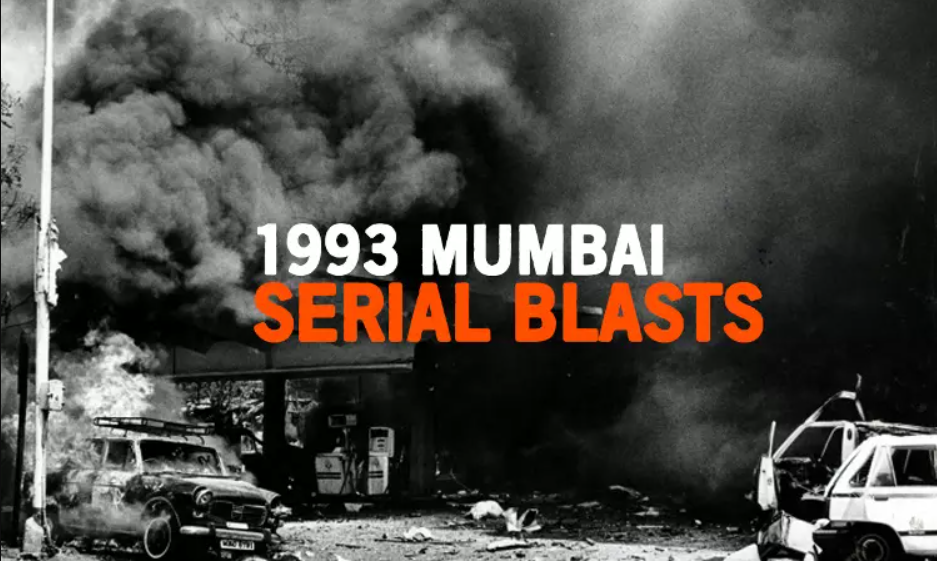
On March 12, 1993, Mumbai was rocked by a series of 13 bomb blasts across the city — the deadliest terror attack India had seen at the time.
The bombings were allegedly masterminded by Dawood Ibrahim and other underworld figures, with links to Pakistani intelligence. They said it was “revenge” for the Mumbai riots and the atrocities committed against Muslims.
The blasts killed over 250 people and injured over 700. Landmarks like the Bombay Stock Exchange and Plaza Cinema were shattered.
It was like the city hadn’t even had time to breathe before it was plunged into another nightmare.
The Srikrishna Commission: A Glimmer of Truth
After the riots, the government set up the Srikrishna Commission to investigate what had gone wrong.
Justice B.N. Srikrishna, who headed the commission, did a thorough, painstaking job. His report made it clear: the riots were not just spontaneous. They were organized. Shiv Sena leaders and police officers were named.
He concluded that both communities had suffered, but that the second phase of the violence — the larger, deadlier phase — was largely led by Hindus against Muslims, with police bias making things worse.
But here’s the heartbreaking part: nothing happened.
The report was basically buried. No big political leader went to jail. No systemic reforms were seriously pushed.
It was like Mumbai — and India — wanted to just forget and move on.
Mumbai Today: Scars That Still Hurt
Fast forward to today, and Mumbai has rebuilt itself in many ways.
The skyline is taller. The traffic is crazier. The energy is still electric. But beneath all that, if you scratch just a little bit, you can still feel the scars.
Many neighborhoods remain divided along religious lines. There’s still an unspoken fear among communities. Politics is still deeply communal in some parts of Maharashtra.
And every once in a while, when new communal tensions flare up somewhere in India, old-timers in Mumbai shudder a little, remembering 1992–93.
It’s a wound that never fully healed.
Final Thoughts: Lessons We Can’t Ignore
The Mumbai Riots weren’t just about two religions fighting. They were about what happens when hatred is allowed to boil unchecked. When political leaders choose to fan flames instead of dousing them. When justice is delayed — and denied.
The riots shattered the myth of Bombay being different from the rest of India. They showed that even the most cosmopolitan city can be torn apart by old prejudices if we’re not careful.
If there’s one lesson to take from those dark days, it’s this: hatred never ends well. It only destroys — cities, communities, and human lives.
And if we forget that lesson, we risk living through the nightmare all over again.

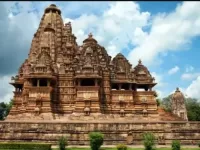


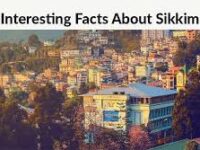
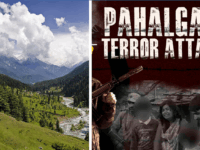
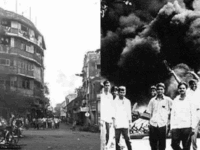
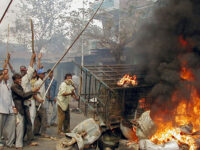

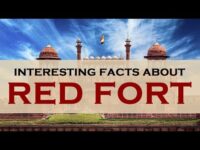

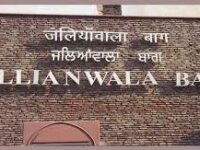

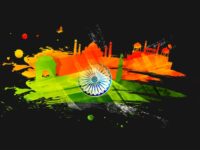
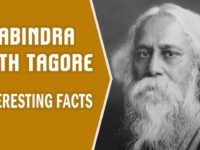
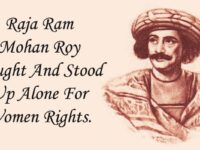





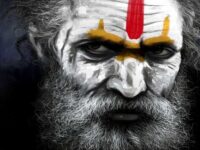






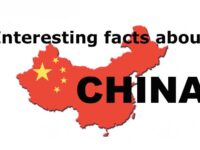
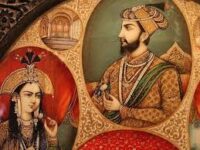
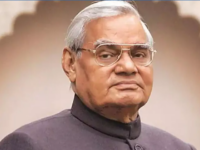


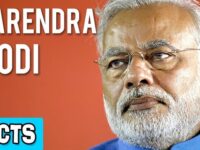




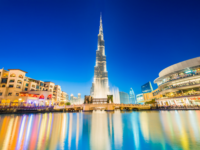

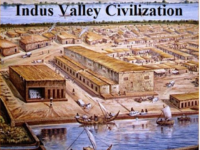


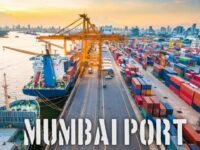






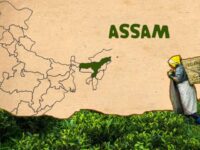

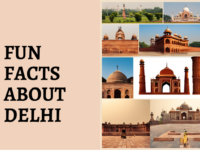

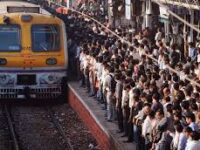
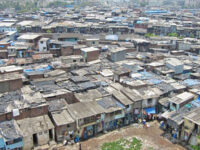
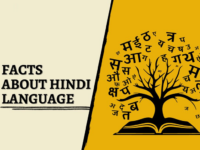
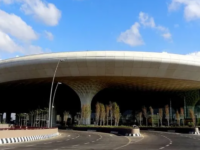



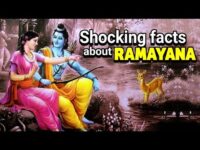
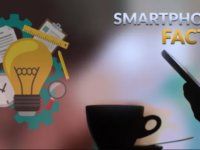

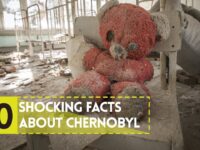
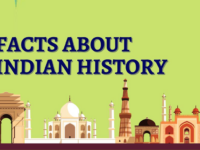

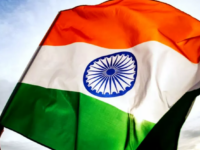


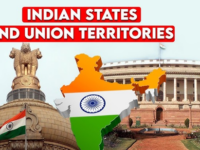


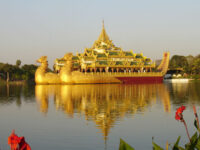


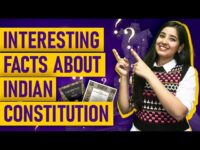
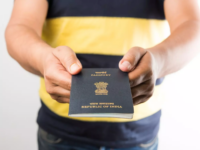

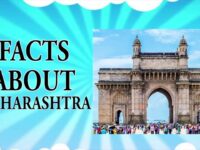
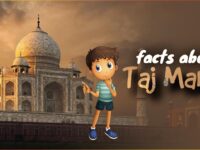



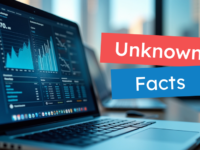
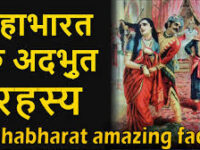
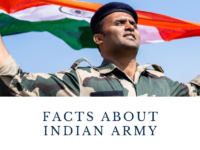
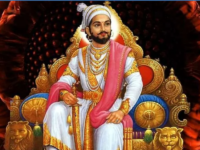
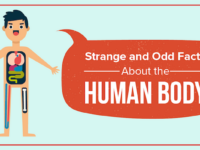





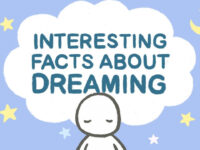




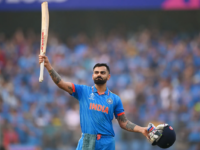


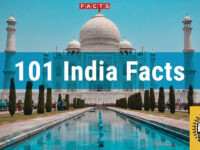
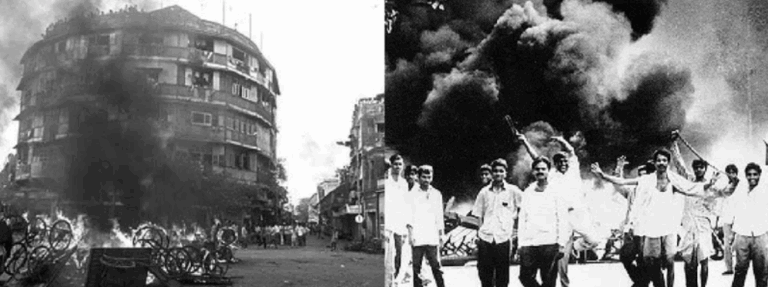
0 Comments